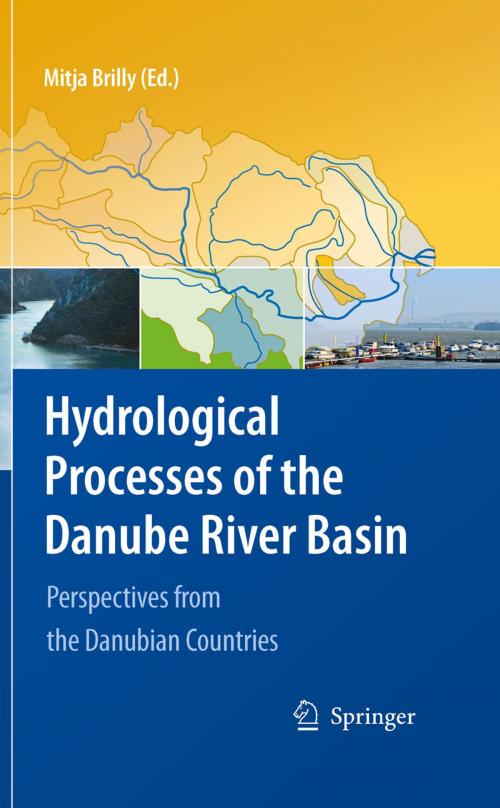Hydrological Processes of the Danube River Basin
Perspectives from the Danubian Countries
Nonfiction, Science & Nature, Science, Earth Sciences, Geology| Author: | ISBN: | 9789048134236 | |
| Publisher: | Springer Netherlands | Publication: | August 24, 2010 |
| Imprint: | Springer | Language: | English |
| Author: | |
| ISBN: | 9789048134236 |
| Publisher: | Springer Netherlands |
| Publication: | August 24, 2010 |
| Imprint: | Springer |
| Language: | English |
The Danube River Basin is shared by 19 countries and there is no river basin in the world shared by so many nations. Europe’s second largest river basin with a total 2 area of about 800,000 km is also home to 83 million people of different cultures, languages and historical backgrounds. Management of common water sources and overcoming dif?culties caused by droughts and ?oods requires co-operation between the countries. In 1971 these c- mon interests stimulated the hydrologists of – at that time – eight Danube countries to begin regional co- operation in the framework of the International Hydrological Decade of UNESCO. The result of this research was The Hydrological Monograph of the Danube and its Catchment, which was published in 1986. Since 1975 this co-operation has continued under the umbrella of the International Hydrological Programme (IHP) of UNESCO. In the past 20 years political turbulence has caused an increase in the number of countries, making the co-operation dif?cult at times.
The Danube River Basin is shared by 19 countries and there is no river basin in the world shared by so many nations. Europe’s second largest river basin with a total 2 area of about 800,000 km is also home to 83 million people of different cultures, languages and historical backgrounds. Management of common water sources and overcoming dif?culties caused by droughts and ?oods requires co-operation between the countries. In 1971 these c- mon interests stimulated the hydrologists of – at that time – eight Danube countries to begin regional co- operation in the framework of the International Hydrological Decade of UNESCO. The result of this research was The Hydrological Monograph of the Danube and its Catchment, which was published in 1986. Since 1975 this co-operation has continued under the umbrella of the International Hydrological Programme (IHP) of UNESCO. In the past 20 years political turbulence has caused an increase in the number of countries, making the co-operation dif?cult at times.















